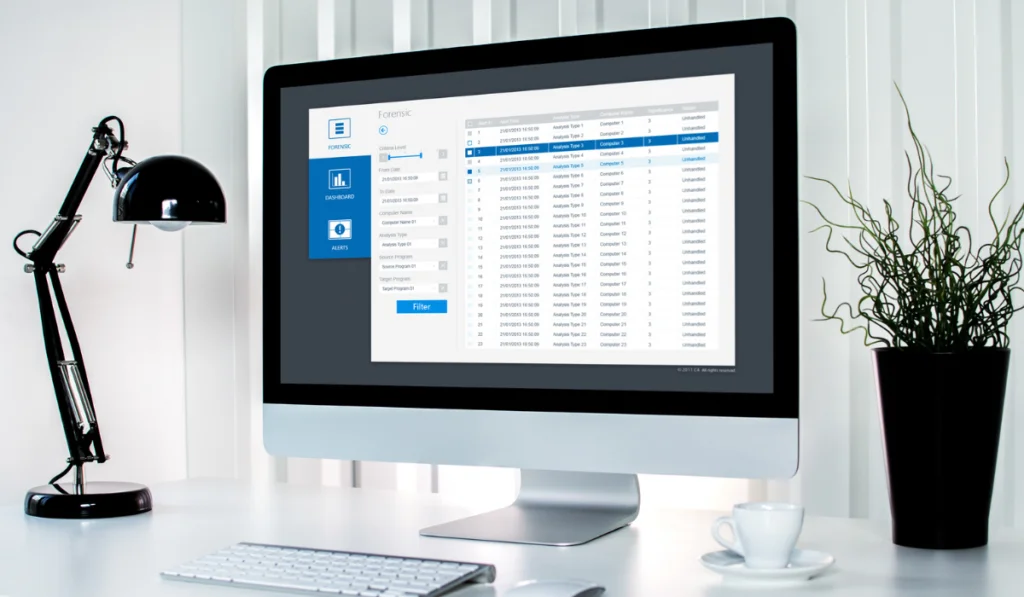
Understanding Desktop Application Development
Desktop application development remains a crucial part of the software industry, providing powerful, offline-capable solutions for businesses and consumers. While web and mobile apps are dominant, desktop applications continue to offer unmatched performance, security, and deep system integration.
In today’s rapidly changing tech landscape, businesses must adapt to the latest trends in desktop application development to stay competitive. With advancements in technology and recent Google updates, developers must follow best practices to ensure seamless functionality, security, and performance.
Latest Google Updates Affecting Application Development
1. Core Web Vitals Expansion
Google has expanded Core Web Vitals to assess software performance across different platforms. Even though primarily aimed at websites, these updates impact web application development as well. Desktop applications that rely on web components must ensure optimal load times, responsiveness, and stability.
2. AI-Powered Search and Indexing
The integration of AI-powered search algorithms means that application development consultants must focus on structuring desktop applications for better indexing. Features such as structured data and semantic search optimization now extend beyond web-based solutions.
3. Security Enhancements
Google’s tightened security protocols affect both web-based and desktop application development projects. Application developers must prioritize security features like encryption, user authentication, and data protection to ensure compliance with new regulations.
4. Increased Emphasis on User Experience (UX)
The latest updates prioritize user experience, meaning that desktop applications must provide intuitive interfaces, minimal latency, and seamless interactions. Developers working on application development projects need to integrate modern UI/UX principles to enhance usability.
Data-Driven Insights: The Future of Desktop Applications
A recent Statista report shows that the global desktop software market is projected to reach $216 billion by 2026, proving that desktop application development is far from obsolete. Moreover, a survey by GitHub reveals that nearly 35% of developers still prefer working with desktop environments due to their reliability and performance.
A well-documented case study from Adobe illustrates how their transition from traditional software licensing to a subscription-based model for their desktop applications significantly increased user engagement and revenue. This transformation highlights the evolving business model in the application developer UAE industry.
Benefits of Desktop Applications Over Web and Mobile Apps
While web and mobile application development Abu Dhabi have seen rapid growth, desktop applications continue to provide distinct advantages:
1. Performance and Speed
Unlike web-based applications, desktop apps run directly on the user’s operating system, offering better processing power and faster execution.
2. Offline Functionality
One of the biggest benefits of desktop application development is the ability to function without an internet connection. This is particularly important for industries where uninterrupted access to software is critical.
3. Security and Privacy
Since desktop applications store data locally, they are less vulnerable to cyber threats compared to web applications. Businesses handling sensitive data prefer desktop solutions for enhanced security.
4. Customization and System Integration
Desktop applications can integrate more deeply with the operating system, allowing for extensive customization and hardware-level interactions—something web application development often struggles with.
Best Practices for Modern Desktop Application Development
To create high-performing and future-proof desktop applications, developers should follow these best practices:
1. Choose the Right Technology Stack
Frameworks like Electron, .NET, and Qt are widely used for developing desktop applications. Selecting the right tech stack is crucial for efficiency and scalability.
2. Ensure Cross-Platform Compatibility
Developing cross-platform applications reduces costs and expands the potential user base. Many businesses are now looking for solutions that run on Windows, macOS, and Linux seamlessly.
3. Optimize for Performance and Security
Using efficient coding practices, minimizing memory consumption, and implementing robust security measures are essential steps in desktop application development.
4. Focus on User Experience
A smooth and intuitive UI/UX is critical for engagement. Developers should prioritize accessibility, responsive design, and ease of navigation.
How to Get Started with Desktop Application Development
If you are looking to develop a desktop application, working with an experienced application development consultant can make the process smoother. These experts help identify the right tools, frameworks, and security measures to create a powerful, efficient application.
Final Thoughts: The Future of Desktop Applications
Despite the rise of web application development PDF guides and cloud-based solutions, desktop applications continue to thrive. Businesses requiring high performance, offline functionality, and deep system integration still rely on well-built desktop solutions.
Take the Next Step with Expert Application Developers
If you’re considering a new desktop application for your business, our team of experienced application developers UAE is ready to help. Contact us today for a consultation and bring your vision to life with cutting-edge desktop application development solutions!